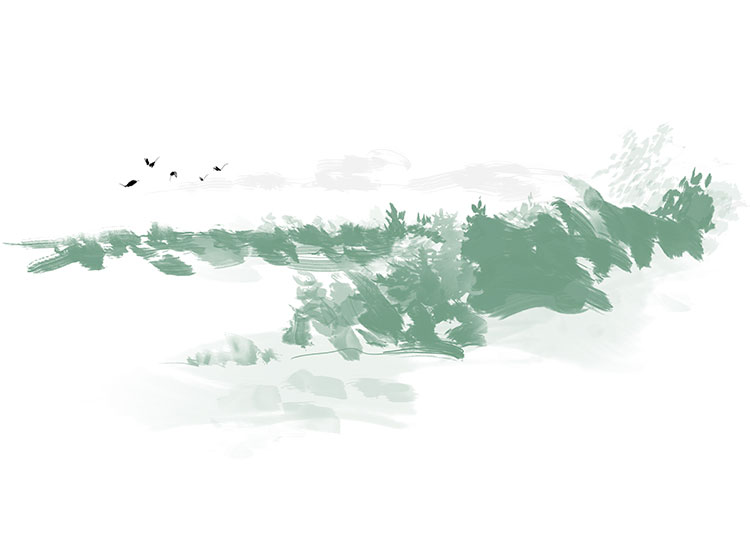Article by Kering | 02.18.2021
Kering Biodiversity Strategy – Stage 1: Avoid
Kering’s Biodiversity strategy focuses on three goals: stemming biodiversity loss; restoring ecosystems and species; and sparking systemic change that goes above and beyond Kering’s supply chains.
To achieve these goals, they have structured their strategy into four stages:
In order to attain its biodiversity goals, Kering prioritizes avoiding negative impacts whenever possible, especially in areas of critical ecological importance. “Avoiding” is a top priority, as it ensures ‘no-take’ from areas with the highest value to conservation.

Kering’s commitments
Continue to ensure that all plant and animal-based raw materials in its supply chain come from legal, verifiable sources at a minimum, closely adhering to guidance issued under CITES, the IUCN Red List, and other relevant national and international conventions.
Continue to ensure the viscose and other wood-pulp based materials come from supply chains that avoid sourcing from ancient and endangered forests, using the CanopyStyle methodology and/or FSC certification.
By 2025, eliminate the sourcing of all materials that lead to the conversion of ecosystems with high conservation value (using scientifically recognized reference systems), with attention to forested areas, grasslands, wetlands and freshwater/marine ecosystems. This is in direct support of the CBD goal of “no net loss of nature by 2030”.
By 2025, achieve 100% traceability of all materials to at least the country level, and to the farm level for key materials like leather.

Spotlight on ongoing work: Avoiding ecosystems with high conservation value
As a Group, Kering protects critical habitats and ecosystems through strict sourcing policies. For instance, the Houses do not work with suppliers that source leather from farms involved in any form of deforestation, such as in the Amazon Biome (where forest is still cut to make way for cattle farms). The brands enforce this principle through contractual clauses which include traceability measures.
The Group also works with the NGO Canopy to ensure the supply chain is free of products sourced from ancient and endangered forests as part of the CanopyStyle Initiative, particularly when it comes to viscose and other cellulosics.
Together, these sourcing practices protect biologically-rich ecosystems, and allow wild plant and animal species to thrive in large, undisturbed contiguous areas. These actions also ensure the continued protection of forests, which are critical carbon sinks.
Together, these sourcing practices protect biologically-rich ecosystems, and allow wild plant and animal species to thrive in large, undisturbed contiguous areas. These actions also ensure the continued protection of forests, which are critical carbon sinks.
Learn more:
or explore the full Kering Biodiversity Strategy
